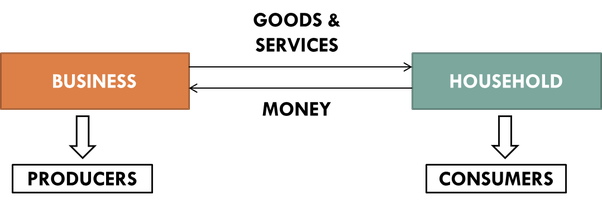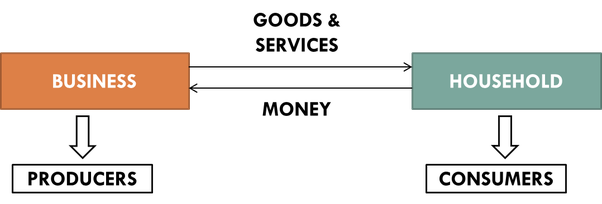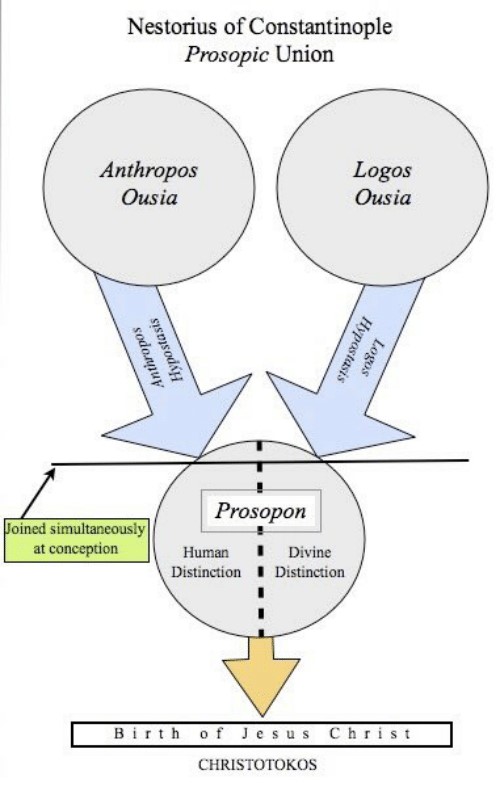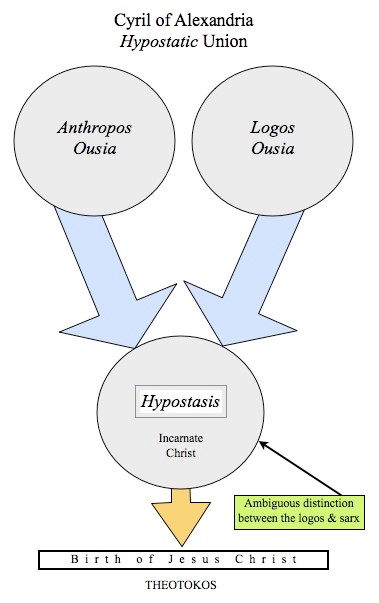Let us decode this metric.
Layman’s explanation to PE Ratio and how it works.
A long thread! Do Bookmark this for patient reading.
#investing #investors #PEratio
Let us decode this metric.
•How to decide what to buy?
oCase A: Case A: Fresh Apple vs Stale Apple
oCase B: Costlier Fresh Apple v/s Cheaper Fresh Apple
oCase C: Apple vs Orange
•How to read PE ratio
•How is PE Ratio misunderstood?
•When will PE Ratio not work?
Apple ‘A’ is fresh and juicy. Apple ‘B’ is clearly stale. Apple ‘A’ costs you ₹.20 while Apple ‘B’ costs you only ₹.10.
The answer would clearly differ from person to person. This decision is subjective. Different things have different utilities.
This is so relatable in stock market. Companies making different products and belonging to different industries can not be compared.
All the above cases so discussed can be linked to PE ratio.
PE ratio= Market Price/ Earnings Per Share (EPS)
In other words, it is nothing but the market price one is ready to pay for every rupee earned by the company per share every year.
A ‘Nestle’ must not be compared with an ‘Asian Paints’! The reason is what we discussed in ‘Case C’. ‘Apples’ and ‘Oranges’ are not comparable!
Investors can be misled if they use this metric in case of cyclical or seasonal stocks.
More from swapnilkabra
More from Finance
As the DeFi bull market continues, some brutally honest tips for new founders fundraising in crypto.
👇
1/ The discount you offer to strategic investors is both to account for the risk of an unlaunched product, but also as compensation for continued value add and support.
So make sure you know the investor will support you and not leave you on read once the docs are signed!
2/ Having someone on your cap table/ token allocation is as important as hiring.
You wouldn't hire someone just because they are influencers on Twitter- you do your reference checks and find evidence of value add from other companies the investor has invested in.
3/ Don't trust, verify.
Many investors will promise you the world when they're trying to get on your cap table.
Talk to founders they backed to see how much of it is bullshit. Ask them about how the investor was there for them during hard times.
4/ Don't just go for "name brand" funds because you want the brand.
Sure, it's great validation, but optimize for fit, not vanity.
However, I do think many well-known VCs are good actors, especially those with roots in successful trad VCs. They have a rep for a reason!
👇
Equity/ownership is a force. Getting it in the hands of the right people generously will drive alignment and execution.
— Joey Santoro (@Joey__Santoro) January 21, 2021
It is a joyful and serious responsibility \U0001f332
1/ The discount you offer to strategic investors is both to account for the risk of an unlaunched product, but also as compensation for continued value add and support.
So make sure you know the investor will support you and not leave you on read once the docs are signed!
2/ Having someone on your cap table/ token allocation is as important as hiring.
You wouldn't hire someone just because they are influencers on Twitter- you do your reference checks and find evidence of value add from other companies the investor has invested in.
3/ Don't trust, verify.
Many investors will promise you the world when they're trying to get on your cap table.
Talk to founders they backed to see how much of it is bullshit. Ask them about how the investor was there for them during hard times.
4/ Don't just go for "name brand" funds because you want the brand.
Sure, it's great validation, but optimize for fit, not vanity.
However, I do think many well-known VCs are good actors, especially those with roots in successful trad VCs. They have a rep for a reason!






























